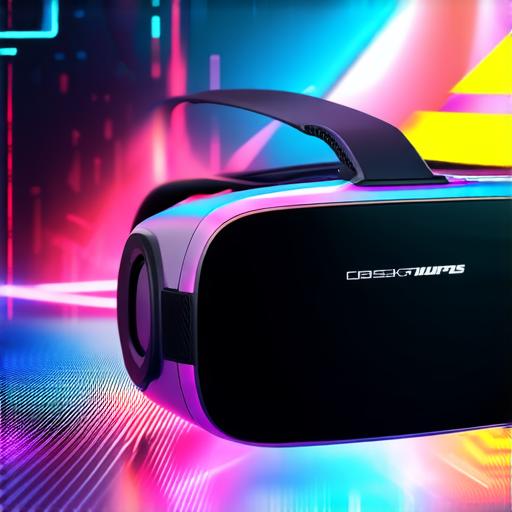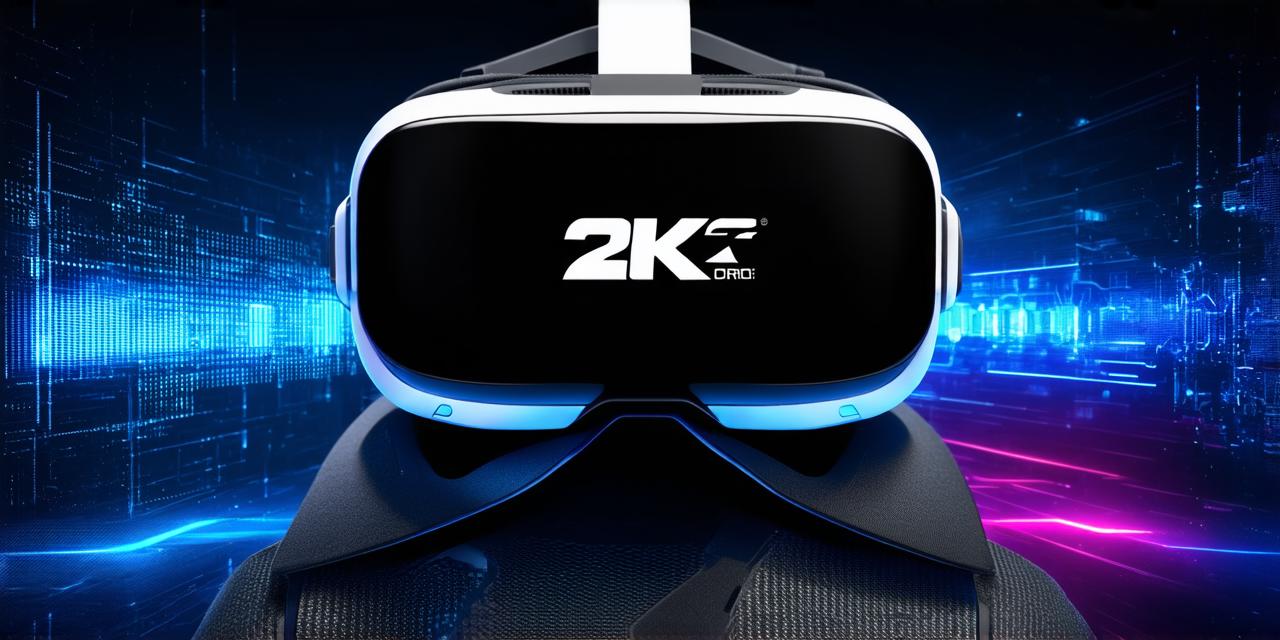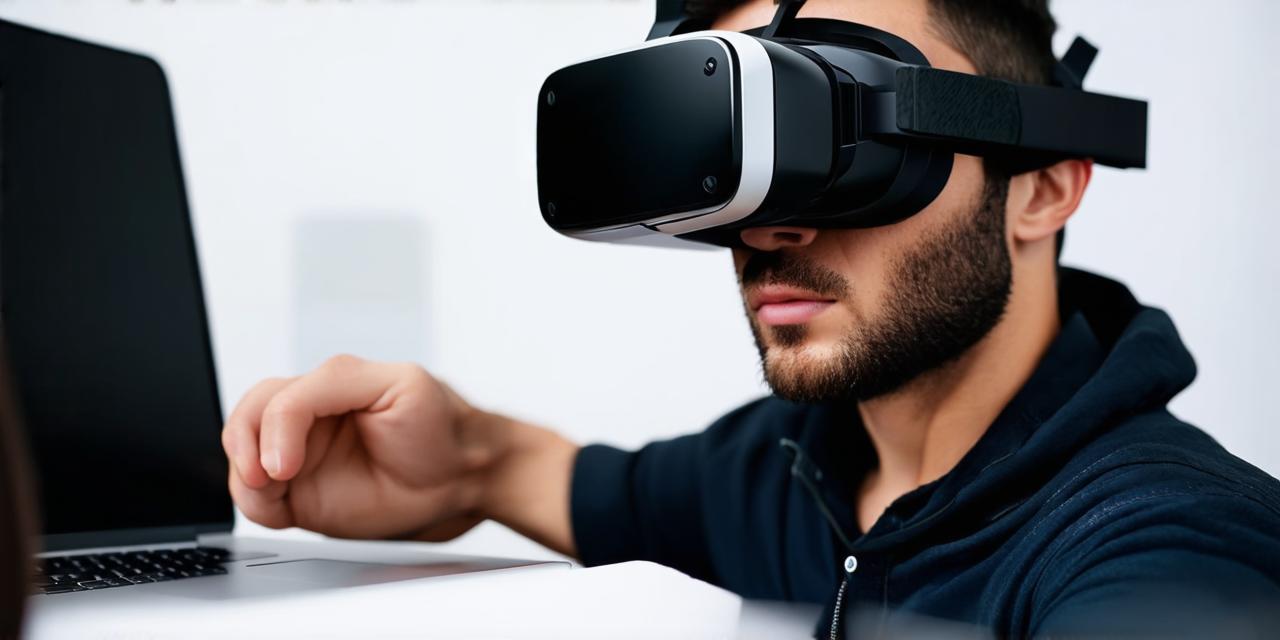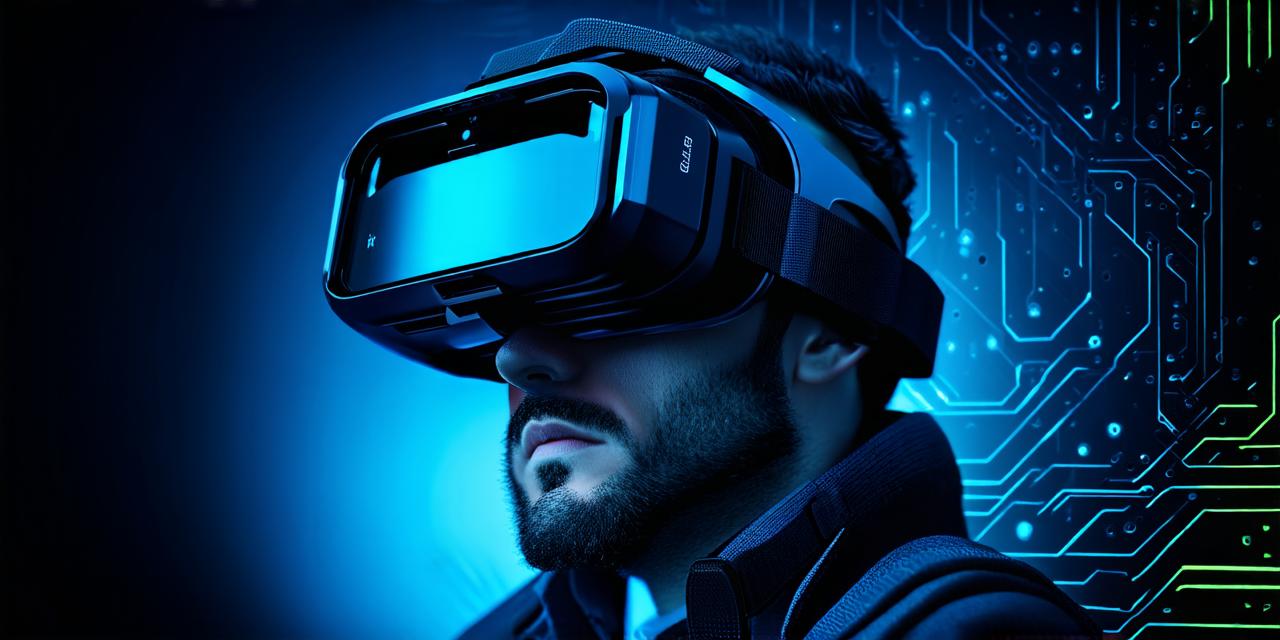Virtual reality (VR) is an immersive technology that has captured the imagination of people all around the world. From gaming to healthcare, VR has the potential to revolutionize the way we experience the world.
What is Virtual Reality?
Virtual reality is a computer-generated simulation that allows users to experience a three-dimensional environment in real-time. It uses sensors and other hardware to track the user’s movements and adjust the simulation accordingly, creating an immersive experience that can be hard to distinguish from reality.
Key Components of VR
There are several key components that make up a virtual reality system:
- Head-mounted display (HMD): This is the device that the user wears on their head to see the virtual environment. HMDs typically have high-resolution screens and can be adjusted to fit the user’s head comfortably.
- Motion sensors: These devices track the user’s movements, such as head rotation and hand gestures, and use this information to adjust the virtual environment accordingly.
- Computer: The computer generates the virtual environment and processes the data from the motion sensors in real-time.
- Controllers: These devices are held in the hands of the user and allow them to interact with the virtual environment, such as by pointing or grabbing objects.
- Tracking system: This system uses a combination of sensors and other hardware to track the user’s movements and ensure that they remain within the boundaries of the virtual environment.

Applications of VR
Virtual reality has a wide range of applications across various industries. Some of the most common applications include:
- Gaming: VR gaming allows players to experience immersive, interactive environments that can be hard to distinguish from reality. Popular VR games include “Beat Saber,” “Half-Life: Alyx,” and “Resident Evil 7.”
- Healthcare: VR has the potential to revolutionize healthcare by allowing patients to experience simulations of medical procedures, such as surgery or physical therapy, in a safe and controlled environment. This can help reduce the risk of complications and improve patient outcomes.
- Education: VR can be used to create interactive educational experiences that allow students to explore complex concepts in a more engaging way. For example, students could take a virtual tour of a museum or historical site, or practice their language skills by interacting with native speakers in a virtual environment.
- Training and simulation: VR can be used to simulate real-world scenarios, such as pilot training or military exercises, allowing individuals to practice their skills in a safe and controlled environment.
- Architecture and design: VR can be used to create realistic simulations of buildings and other structures, allowing architects and designers to explore and refine their designs before they are built.
FAQs
How do I get started with virtual reality?
There are many different ways to get started with virtual reality, depending on your budget and level of technical expertise. Some options include purchasing a VR headset, building your own VR system from scratch, or using cloud-based VR platforms. It’s important to do your research and choose the option that best suits your needs and budget.
Is virtual reality addictive?
Virtual reality can be highly immersive and engaging, which may make it addictive for some people. However, like any technology, it’s important to use VR in moderation and maintain a healthy balance between virtual and real-world experiences.




